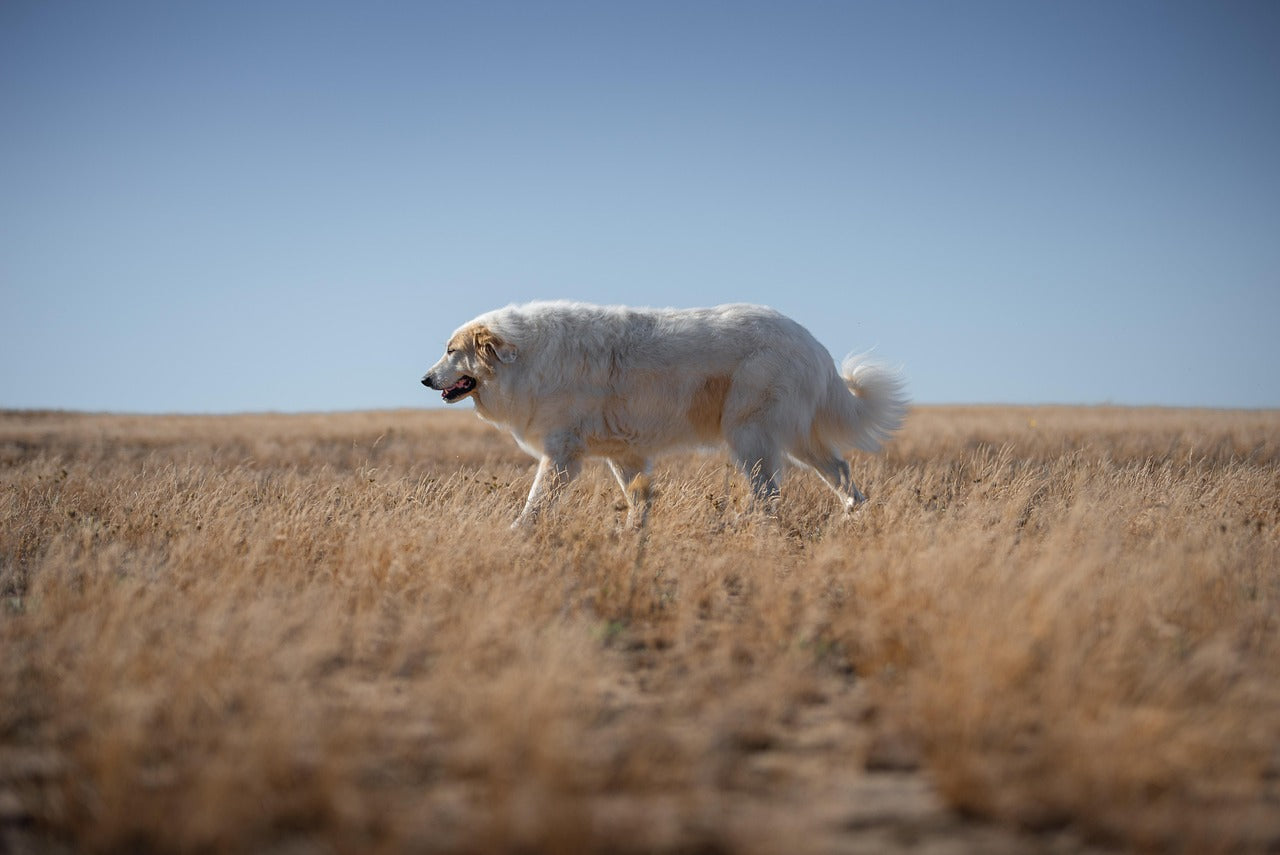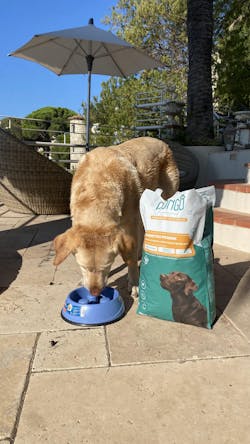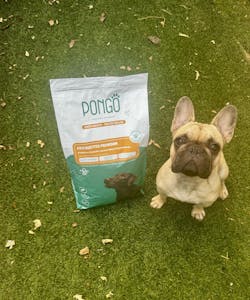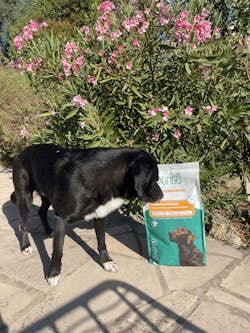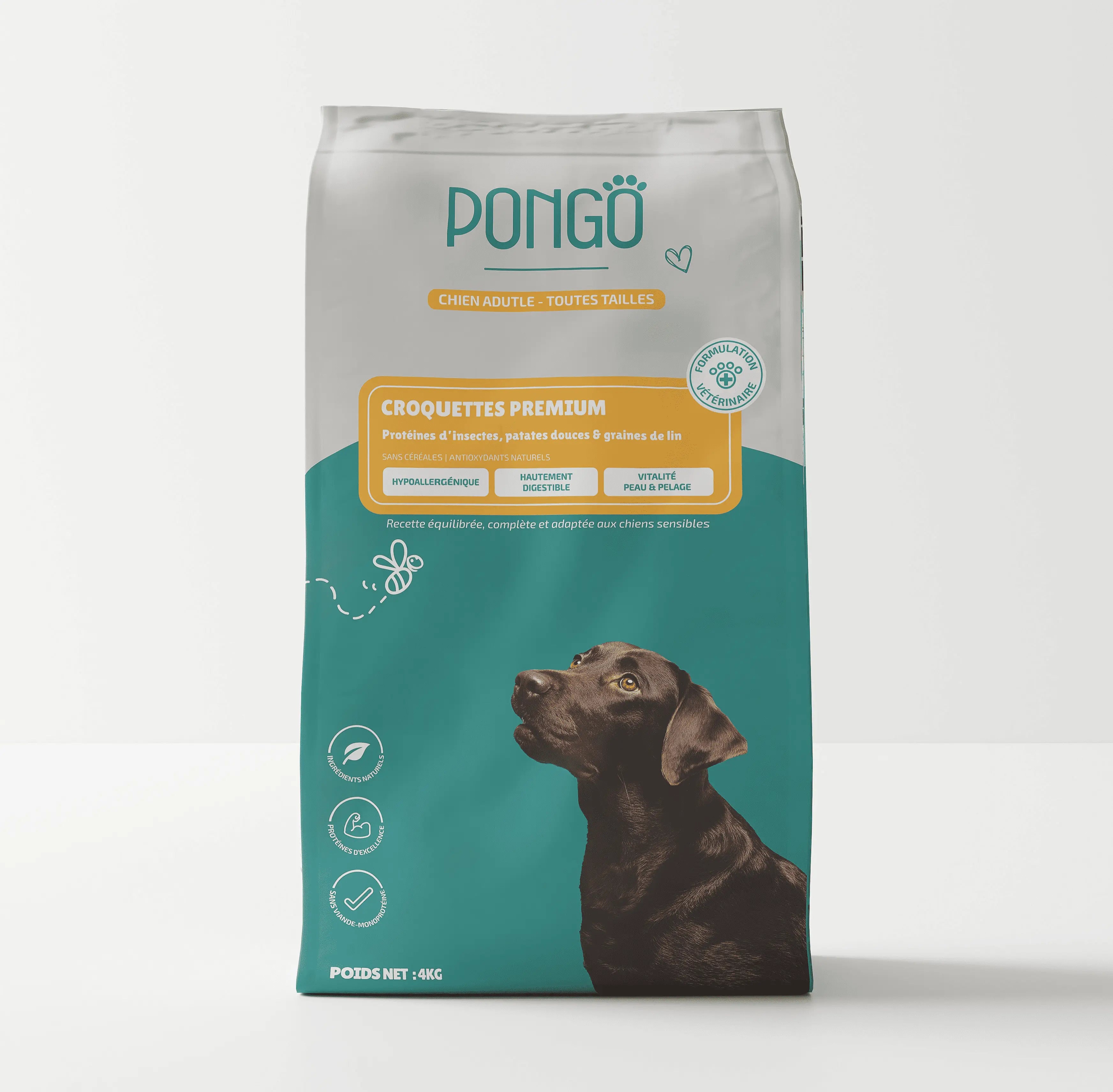Australian Shepherd: Complete Breed Guide
Are you considering adopting a dog but still hesitating about which breed? Are you drawn to the Australian Shepherd and want to learn more about it? You’ve come to the right place!
For several years, this dog has ranked among the favorite breeds in France. Affectionate, lively, and highly intelligent, it has won the hearts of many families. But is it really the right dog for you?
In this complete guide, we’ll give you all the information you need to better understand this breed and find out if it suits your lifestyle.

1. Origins and History
One might assume that the Australian Shepherd comes from Australia, as its name suggests, but that’s not the case!
History
In the early 1900s, American farmers sought to create a breed capable of herding livestock efficiently. They crossed Basque shepherd dogs imported to the United States. Mistaken about their origins, Americans believed they came from Australia and named this new breed the “Australian Shepherd Dog.”
Popularity
Thanks to its intelligence and affectionate nature, this dog grew in popularity in the U.S. after World War II. In 2024, it remains highly popular, ranking for the seventh consecutive year as the number one favorite breed in France, according to LOF (French Pedigree Book) statistics.
Classification
The breed belongs to Group 1: Sheepdogs and Cattle Dogs (except Swiss Cattle Dogs). It has been recognized by the Fédération Cynologique Internationale (FCI, no. 342) since 1996, the largest canine organization in the world.
2. Physical Characteristics
The Australian Shepherd is a medium-sized dog.
| Sex | Height | Weight |
| Male | 51–58 cm | 25–34 kg |
| Female | 46–53 cm | 19–26 kg |
-
Body: elongated, muscular, and athletic.
-
Coat: medium-length and straight.
-
Colors: a wide variety. Basic colors are black and red, which can be solid, bicolor, or tricolor, with or without spots. The famous “red merle” is one of the most popular variations.
-
Eyes: almond-shaped, full of intelligence and liveliness. They can be amber, brown, blue, or mixed. Heterochromia (two different colors) is common, as are speckled eyes.
-
Tail: australian Shepherds naturally have tails, but some are born with shortened ones due to genetic traits. Historically, tail docking was also performed, but this practice is now banned in many countries, including France.
3. Temperament and Behavior
Is this dog right for you?
The Australian Shepherd is a lively dog, known for its working ability and high energy.
-
Temperament: affectionate, loyal, curious, and playful. Intelligent but sometimes mischievous, which adds to its charm.
-
Sociability: friendly and good with children and other pets, though sometimes wary of strangers.
-
Intelligence and Work: loves problem-solving games and tracking activities.
4. Living Conditions and Exercise Needs
-
Housing: apartment living isn’t ideal; a house with a garden is better. However, simply leaving them in a garden isn’t enough. They need mental and physical stimulation regardless of where they live.
-
Activity Requirements: unlike calmer breeds, the Australian Shepherd is a true athlete. They need several daily walks (at least 30 minutes each) plus more demanding activities such as hiking, agility training, or energetic games.
-
Examples of Activities: agility, canicross, flyball, frisbee, obedience games, scent puzzles, and snuffle mats.
-
Solitude: this is a velcro dog—deeply attached to its owner and dislikes being left alone. They should not be left for long periods. If needed, they must be gradually trained to tolerate short absences.

5. Training
Australian Shepherds are highly intelligent and obedient, but training should start early (from 2 months old).
-
They need consistent, positive training, never harshness.
-
With patience, structure, and rewards, they learn quickly.
-
Socialization with humans and animals from a young age is essential to prevent behavioral issues.

6. Health and Medical Concerns
Life expectancy: 12–15 years. Though robust, they are prone to certain conditions:
-
Hereditary Eye Diseases: annual screening recommended. Includes Collie Eye Anomaly (CEA), cataracts (including juvenile), and progressive retinal atrophy (PRA).
-
Orthopedic Issues: prone to hip and elbow dysplasia.
-
Neurology: epilepsy is a major concern.
-
MDR1 Gene Mutation: makes them highly sensitive to certain drugs (e.g., ivermectin), which can be fatal.
-
Deafness/Blindness: breeding two merle carriers (double merle) should be avoided, as it carries a 20% risk of blindness and deafness in offspring.
7. Grooming and Care
-
Bathing: their coat is self-cleaning. Usually, one bath per year is enough, unless they get very dirty. Always use dog-specific shampoo.
-
Brushing: they shed heavily twice a year (spring and autumn). Daily brushing is recommended during shedding, weekly otherwise.
-
Basic Care: trim nails, clean ears regularly, brush teeth, and provide natural chews to support dental health.
-
Veterinary Care: keep vaccinations up to date and deworm 3 times a year.
8. Diet and Budget
-
Diet: needs a protein-rich diet adapted to its high activity level. On average, an adult eats 280–320g of quality kibble per day, split into two meals. Use slow-feeder bowls to prevent bloat.
-
Price & Budget:
-
Puppy price: €700–€1,500.
-
Annual upkeep: €1,300–€1,400.
-
Conclusion
The Australian Shepherd is a kind, affectionate, intelligent, and active companion. It’s perfect for sporty, outdoorsy people who can dedicate time to their dog (remote workers, flexible schedules, or dog-friendly workplaces).
If you don’t enjoy physical activity or long walks, this may not be the right breed for you. Without sufficient attention and exercise, the Australian Shepherd can develop problematic behaviors.
FAQ – Frequently Asked Questions
-
What are the pros and cons of the Australian Shepherd?
-
Pros: intelligent, affectionate, loyal, perfect for active families and dog sports.
-
Cons: needs a lot of exercise and mental stimulation. Can become destructive if bored.
-
-
How much does an Australian Shepherd puppy cost?
On average, €900–€1,500 depending on breeder, lineage, and coat color.
-
What is the monthly upkeep cost?
About €80–€120 per month (food, vet care, accessories, etc.).
-
Where can I get one?
-
From a reputable breeder (health tests, LOF registered).
-
From a shelter or rescue organization.
-
-
At what age should training begin?
From 2 months old (house training, recall, socialization).
-
Is the Australian Shepherd easy to train?
Yes, very intelligent and eager to learn. However, consistency and positive reinforcement are key.
-
Can they stay alone?
They dislike long periods of solitude. Short absences are possible with proper training.
-
How long do they live?
Around 12–15 years.
-
Do they bark a lot?
Not excessively, but they are good watchdogs.
-
How to groom them?
Brush 2–3 times per week, bathe every 2–3 months if needed, trim nails, clean ears, and check paw pads.
-
What size do they reach?
-
Males: 51–58 cm, 25–35 kg.
-
Females: 46–53 cm, 19–30 kg.
-
-
What food is best?
Premium kibble rich in animal protein, grain-free, adapted to age and activity level. You can try this one.
-
How much food per day?
-
Adults (25–30 kg): 280–580 g daily in 2 meals (varies with calorie density and activity).
-
Puppies: several small meals as per breeder/vet advice.
-
-
When to deworm?
-
Puppies: every 2 weeks until 3 months, then monthly until 6 months.
-
Adults: every 3–6 months, depending on lifestyle.
-
-
Should they take supplements?
Not necessary with a balanced diet. Supplements may be considered for joints, coat health, senior or athletic dogs, always under vet advice. Some of these dogs can suffer from food allergies, in which case their diet can be adjusted PONGO kibble may be a suitable option.
-
Why do some have no tail?
Some are naturally born with a short tail (NBT – Natural Bobtail). Historically, docking was common but is now banned in many countries, including France.



